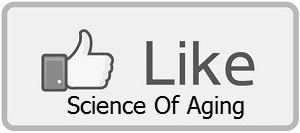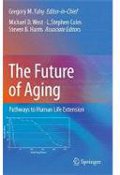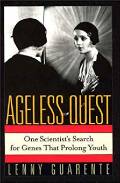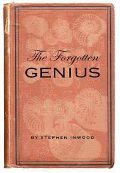Leeuwenhoek Sees the Cell Nucleus
 Who:Antoni Van Leeuwenhoek
Who:Antoni Van LeeuwenhoekWhen:January 01, 1682
Why: Personal curiosity
Methods: Observed fish blood cells with a microscope at 250x
Institution: The Royal Society
Where: Delft, Holland
Funding: The Royal Society
Technology: Microscope
 |
| Antoni van Leeuwenhoek (Pronounced layu-wen-hook) |
Antoni van Leeuwenhoek (1632-1723) was a business man of little fortune and no formal education. Born to a basket maker, he gained apprenticeship with a cloth merchant and then established his own cloth shop. Leeuwenhoek used magnifying lenses to appraise cloth, after reading a copy of Hooke's bestseller: Micrographia, Leeuwenhoek became inspired to try his hand at science and went on to discover blood cells, sperm cells, protists, and bacteria.4
Leeuwenhoek showed technical genius by building microscopes that could magnify 250x. Such technical supremacy gave him insight beyond Hooke's 50x magnification. When Leeuwenhoek started making novel discoveries he sought the advice and opinion of Hooke, who was then, the go-to man in microscopy.2
Hooke, however, did not appreciate his own importance. When the Dutch diplomat Sir Constantijn Huygens wrote a letter to Hooke introducing Leeuwenhoek, Hooke failed to reply.2 Perhaps it was because Holland and England were at war, that Hooke had become consumed by problems in physics,3 or that he did not see fit to esteem the work of a simple cloth merchant from Delft, Holland. After all, what possible impact could he make on science?
In 1682 Leeuwenhoek wrote a letter to Hooke and the Royal Society that reads:
Thus I came to observe the blood of a cod and of a salmon, which I also found to consist of hardly anything but oval figures, and however closely I tried to observe these, I could not make out what parts these oval particles consisted, for it seemed to me that some of them enclosed in a small space a little round body or globule, and at some distance from this body there was round the globule a clear ring and round the ring again a slowly shadowing contour, forming the circumference of a globule??1
By looking through his powerful microscopes, Leeuwenhoek sought the composition of cells, going beyond Hooke's proposition that they were empty. Leeuwenhoek's report of globules in the cell was probably one of the first sightings of cell nuclei. Hooke, however, failed to nurture good lines of communication, and Leeuwenhoek was left isolated without the education, language, and culture to draw proper conclusions in the role of the nucleus in cell theory. It would take 150 years of waiting before an English botanist, by the name of Robert Brown, could place them in their proper light.
References
- Henry Harris. The Birth Of the Cell. Connecticut and London: Yale University Press, 2001
- Jardine, Lisa.The Curious Life of Robert Hooke. Great Britain: HarperCollins, 2003.
- Inwood, Stephen. The Forgotten Genuis: The Biography of Robert Hooke 1635-1703. San Fransisc
- University of Berkley on Leeuwenhoek




